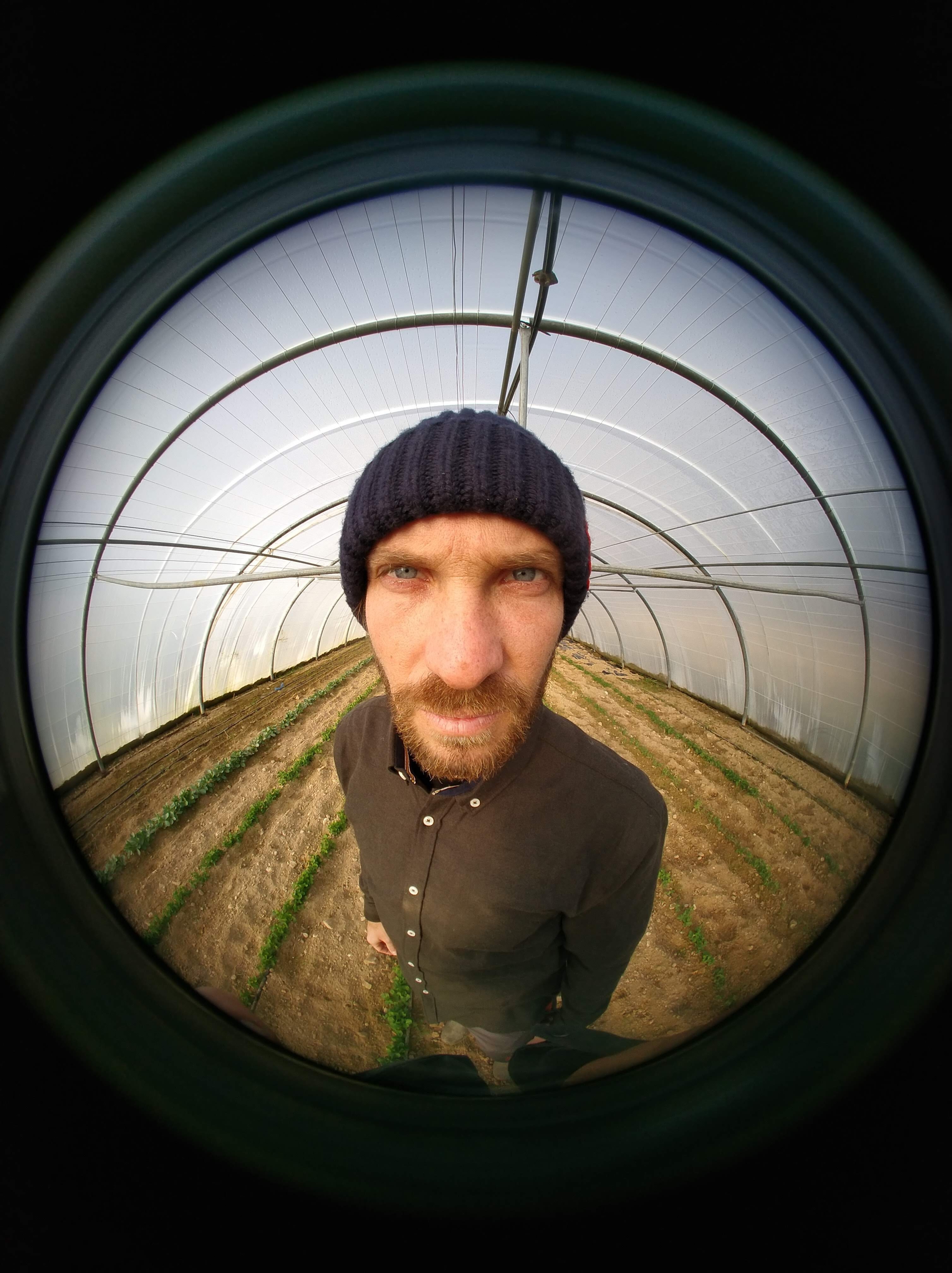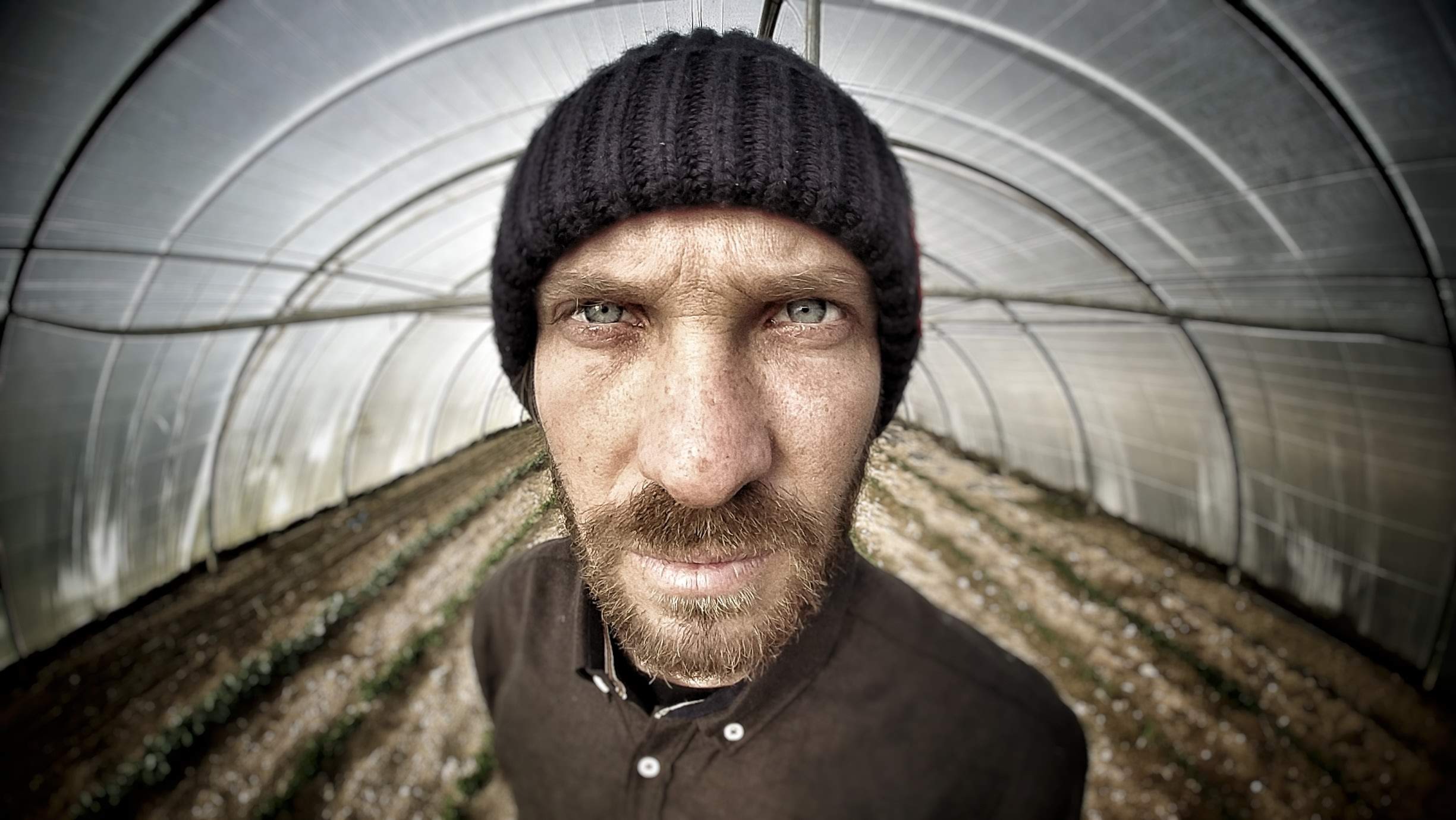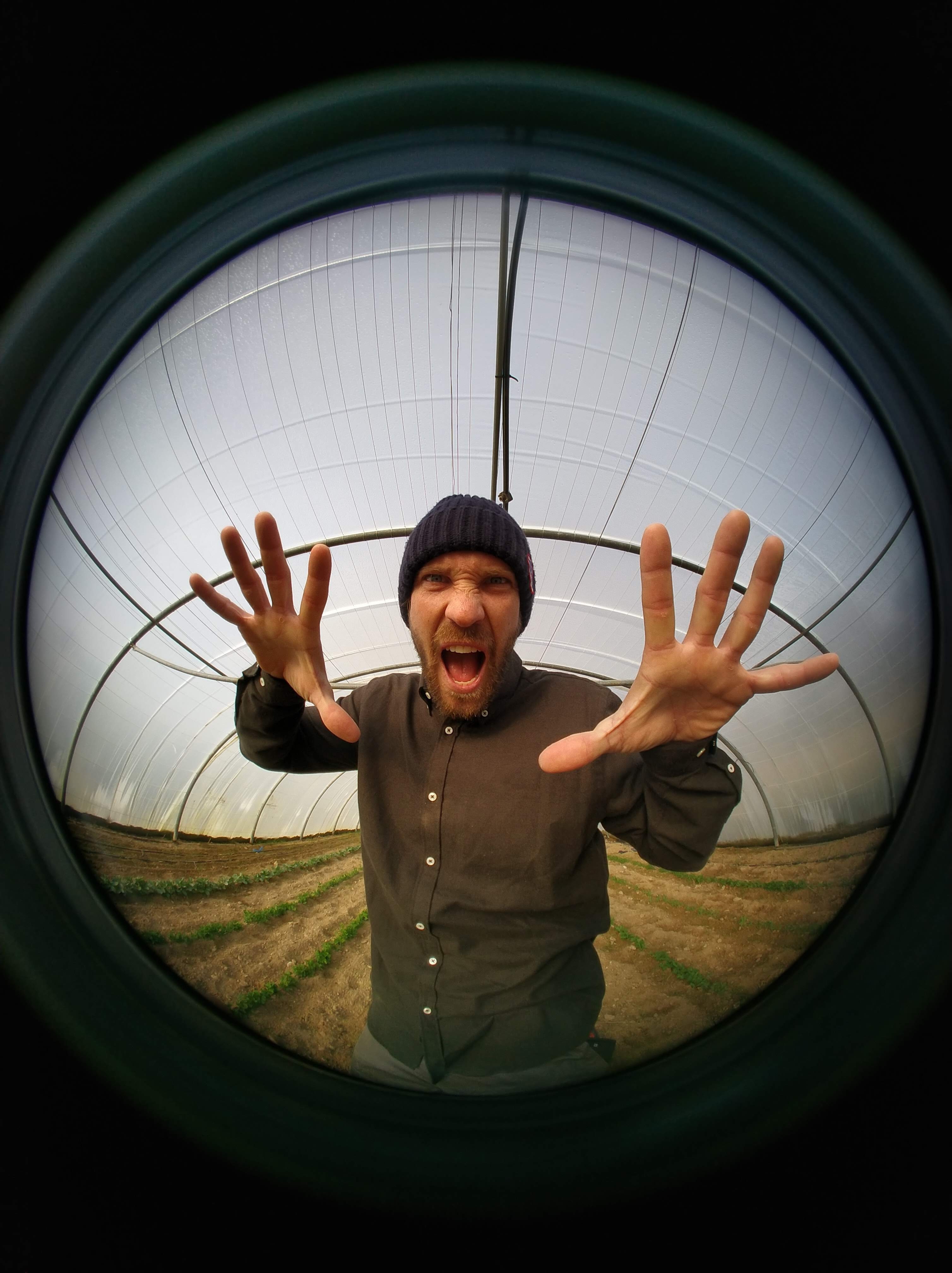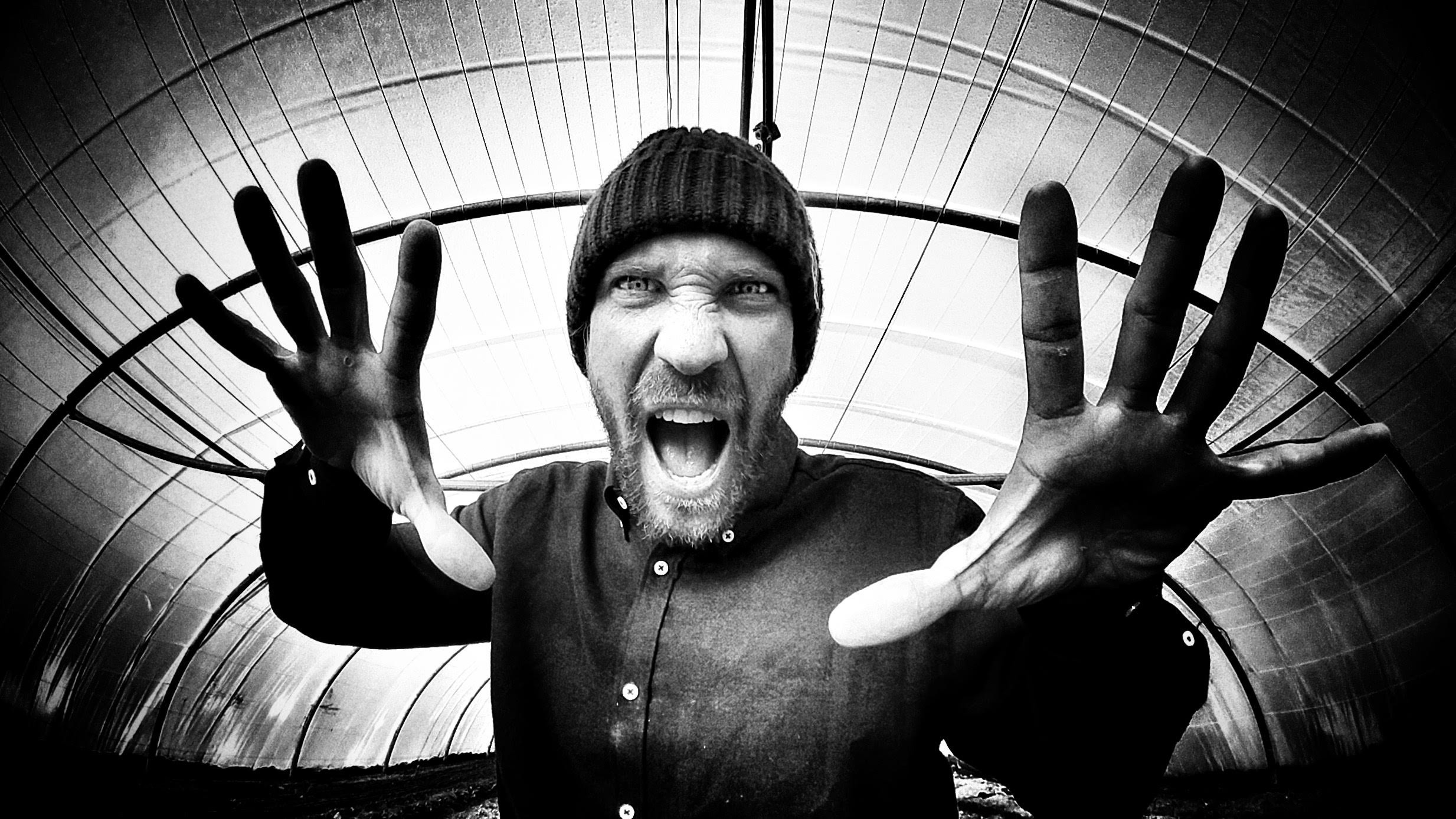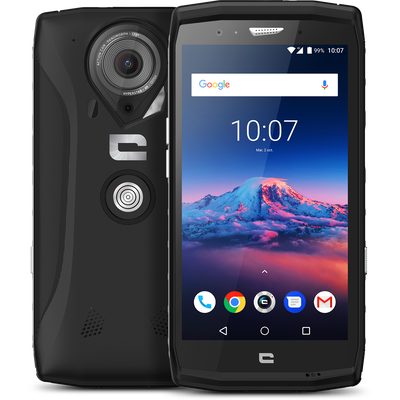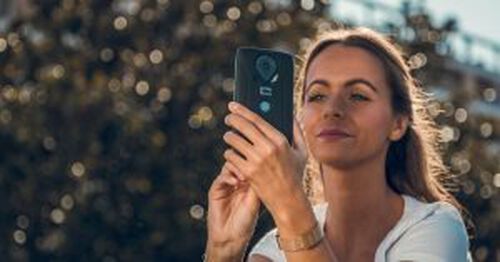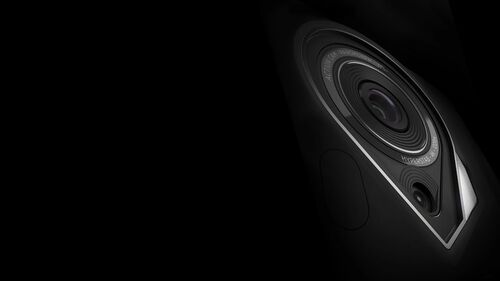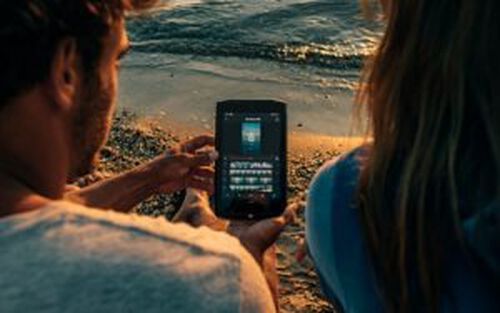DECIPHERING A FEW TERMS
ISO sensitivity, HDR mode, Time Lapse - you've probably heard or seen these terms in your camera settings. Find out what they mean.
ISO sensitivity
This is the sensor's sensitivity to light. ISO is a unit of measurement. The higher the ISO number, the more sensitive your camera's sensor is to light. The only thing to remember is that at night, opt for a slightly higher ISO sensitivity.
HDR mode: High Dynamic Range
HDR mode allows your camera to combine images of different light intensity to achieve the best possible brightness. It's not necessary to use this mode all the time. In some cases, this feature can have the opposite effect, with artificial colors that are far from reality.
If you have a TREKKER-X4, we advise you to deactivate this mode in the settings of your Camera App.
Time Lapse
Time Lapse is a technique for creating videos from a series of photos taken at regular intervals. Halfway between photography and video, this technique creates movement from a succession of still images.
Let's get to the heart of the matter with our tips for taking great photos with your smartphone.
LIGHT, THE BASIS OF EVERYTHING!
To get the best light, choose times when the sun isn't too high (at the beginning or end of the day). Avoid backlighting, i.e. taking a photo with the sun facing you. Make sure the sun is behind you (without showing your shadow in the photo), or to the side (if you want to add contrast to the image). For soft light, always shoot with the sun at your back. At sunrise, there are two hours when the light is flat and even, whatever the direction. With a smartphone, avoid shooting in shadows, as they won't come out to your advantage.
Indoors, windows are light boxes, so shoot close to them, turning your subject towards the light. On gray days, clouds create a giant softbox of light everywhere, allowing you to take beautiful photos.
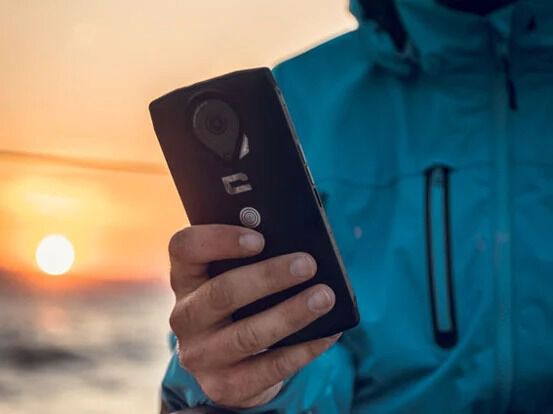
FRAMING AND THE RULE OF THIRDS
Framing refers to the way you arrange the elements in your photo. Good framing makes your photo easier to read, and therefore more pleasing to the eye. The rule of thirds can help you achieve this. The principle is simple: your image is divided into 9 sectors of equal size by 2 horizontal and vertical lines. These lines, called lines of force, intersect at 4 points. Contrary to popular belief, you shouldn't place your subject in the center of the image. For a legible photo, place your subject on one of the intersecting points, or on one of the lines if you have a predominant vertical or horizontal element.
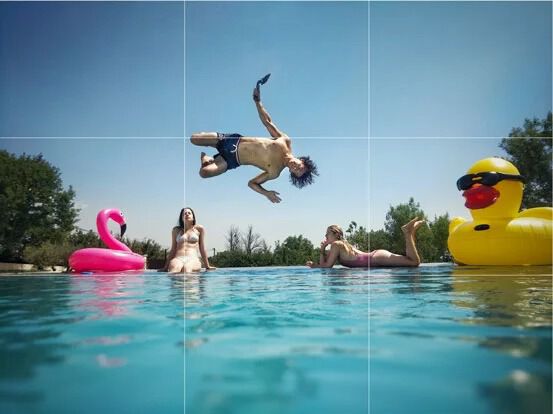
USING A TRIPOD WITH A SMARTPHONE
Using a tripod isn't just for cameras. It can also be very useful when shooting with a smartphone. At CROSSCALL, we've created the X-STICK, a telescopic pole combined with a tripod. Perfect for outdoor photography! Thanks to its remote control, you can trigger your shots from a distance. A great way to take family photos with everyone, or to capture action shots without risk (e.g. a motorcycle or bicycle bend). The tripod is also the ideal accessory for time-lapse photography.
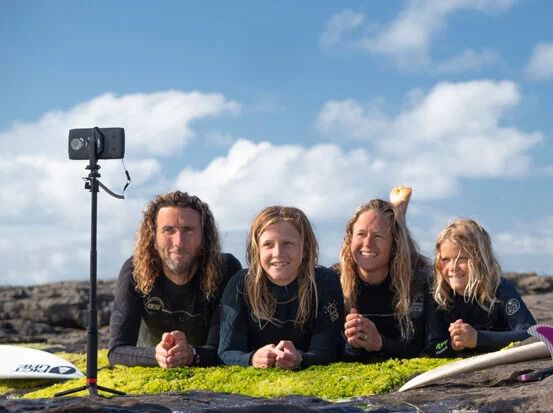
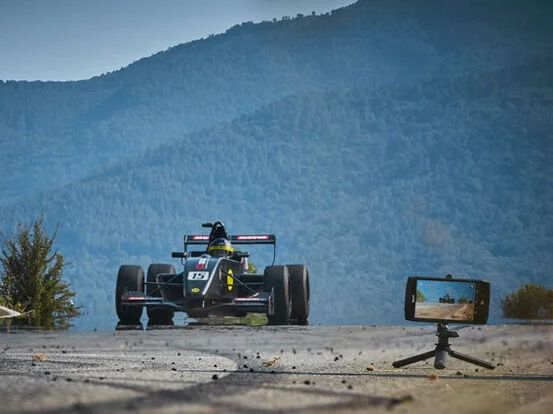
SWITCH TO FISHEYE MODE WITH YOUR TREKKER-X4
Although the TREKKER-X4 is primarily designed for video, it also takes excellent photos, thanks to the Camera App's front and rear sensors (12MP / 8MP), hybrid autofocus (high light) and ultra-fast laser (low light). Thanks to its wide-angle camera, you can take original photos with the FishEye mode.
For a wide-angle effect, switch to your camera app' s FishEye mode and use photo editing applications such as Google Photos or Snapseed to trim rounded edges.
Now that you've got everything you need to take great photos with your smartphone, let's get to work! Feel free to share your best shots with us by tagging us @crosscallmobile and #crosscall, and we'll repost them on our Instagram story.
 Choisissez votre pays et votre langue
Choisissez votre pays et votre langue
